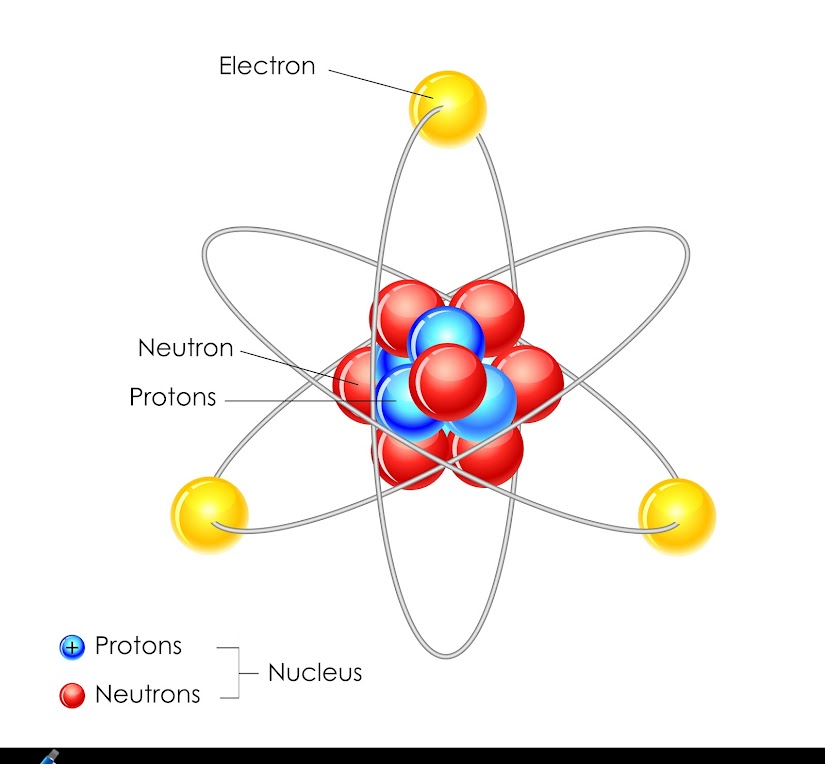This equilibrium can be better understood if we consider the example of a transparent box carrying a U - tube with mercury ( manometer). Drying agent like anhydrous calcium chloride (or phosphorus penta - oxide) is placed for a few hours in the box. After removing the drying agent by t…
Heterocyclic Compounds are those cyclic compounds in which one or more of the ring carbons are replaced by another atoms. The non- carbon atoms in such rings are referred to as hetero atoms. The most common hetero atoms are nitrogen, oxygen and sulphur, but other atoms such as boron, ph…
In the Lews description of covalent bond, the Bond Order is given by the number of bonds between the two atoms in a molecule. The bond order, for example in H2(with a single shared electron pair), in O2 (with a single shared electron pairs) and in N2 (with three shared electron pairs) …
Thermal energy is the energy of a body arising from motion of its atoms or molecules. It is directly proportional to the temperature of the substances. It is the measure of average Kinetic energy of the particles of the matter and is thus responsible for movement of particles. This move…
Search
Trending now













